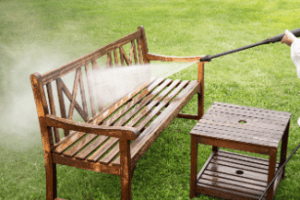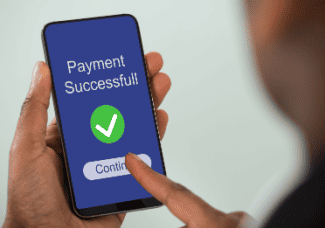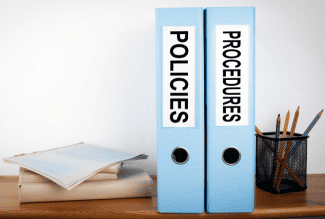3 Things Never to Say to Your Mortgage Lender
KEY POINTS
- You don’t want to tell the mortgage lender that the property is in disrepair.
- You also don’t want to suggest you don’t know where your down payment money is coming from.
- Finally, don’t give your lender reason to worry if your income will stay stable.
When you are buying a house or a multifamily apartment building and getting a mortgage, lenders want to be confident in your ability to pay for the property.
As a result, during the process of securing your home loan, there are a few key things you don’t ever want to say to your mortgage lender as they could raise concerns that could undermine your ability to get a loan.
Here are three things to avoid saying so you don’t raise red flags.
1. “The house is in bad shape.”
When you get a mortgage, the home is collateral for the loan. As a result, there can’t be any major issues with the property. Although the rules can vary slightly depending on lender and type of loan, typically, you won’t be able to get a mortgage loan on a property with any of the following issues:
- Mold

- Exposed wiring
- Plumbing issues
- HVAC issues
- A roof with less than two years of life
- An unstable foundation
- An active pest infestation
Lenders would generally require anything that could be a health or safety issue to be repaired before you can close. You definitely don’t want to indicate to a lender that a home is in bad shape, as this could create questions about whether the home can act as collateral at all.
Of course, even if you don’t point these issues out, the appraiser might as it is the appraiser’s job to take note of problems that could affect the value of the home. Just be aware that if the house you’re buying does have major problems, you may not be able to move forward with borrowing to buy it.
2. “I’m still figuring out where my down payment money is coming from.”
Lenders need proof that you have the money for a down payment. Sometimes, a certain amount of this money must be supplied from your own funds rather than coming from a gift or other loan.
If you indicate to a lender that you do not yet have the money for a down payment — or if you can’t provide bank statements showing that you do in fact have the cash — you’re typically not going to be approved for a home loan. To avoid this problem, make sure you can meet the lender’s minimum down payment requirements.
Some lenders allow you to borrow with as little as 3% down, so if you’re having trouble coming up with the funds, you can consider whether a low down payment loan might be right for you. Putting a small amount does mean your mortgage will be more expensive, though. You may be charged a higher rate, you’ll be borrowing more, and you’ll likely have to pay for private mortgage insurance (PMI) to protect the lender in case of default.
It can be better to save up a sufficient amount of money to put at least 10%, and ideally 20%, down before you move forward with a home loan.
Get a Free Multifamily Loan Quote
Access Non-Recourse, 10+ Year Fixed, 30-Year Amortization
3. “I sure hope I can afford the payments after I quit my job next year.”
Finally, lenders want to ensure that your income is stable. Typically, most require two years of work history in order to give you a loan. If you suggest to your lender that you’re soon going to be dramatically reducing the income you have coming in, this could raise concerns of default.
The bottom line: You want to come across as a well-qualified borrower. You should both watch what you say to avoid suggesting you aren’t and should take steps like saving a generous down payment to ensure that you are someone a lender will feel confident working with. This will make your mortgage approval process a lot easier in the end.
Source: The Ascent















 Accessibility
Accessibility